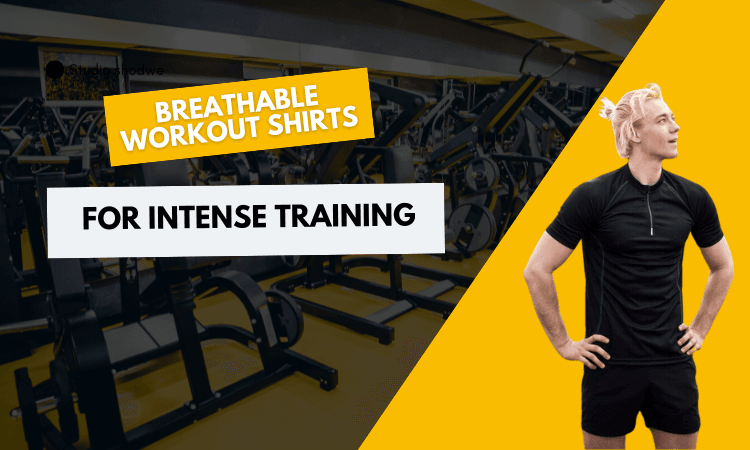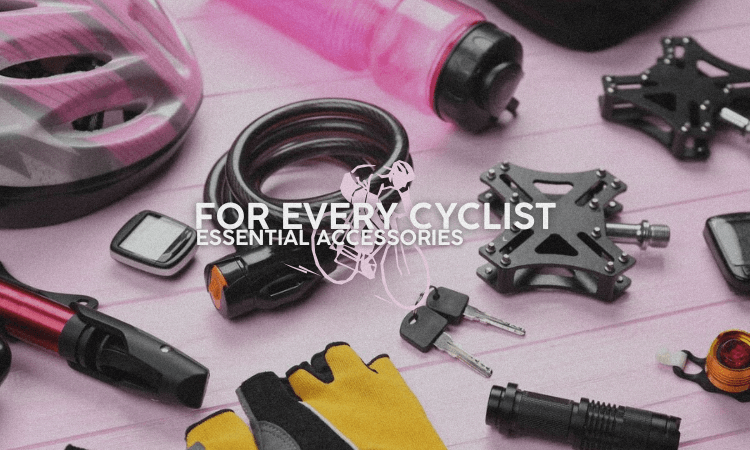A durable bike lock is essential to protecting your bicycle from theft, especially in urban areas where bike theft is common. With many lock types available, it’s important to choose one that offers the right level of security for your needs. This guide will walk you through the key factors to consider when selecting a bike lock, along with some top product recommendations to help ensure your bike stays safe.

Types of Bike Locks
The first step in choosing a bike lock is understanding the different types available. Each type has its own strengths and weaknesses, so it’s important to consider how and where you typically park your bike.
U-Locks
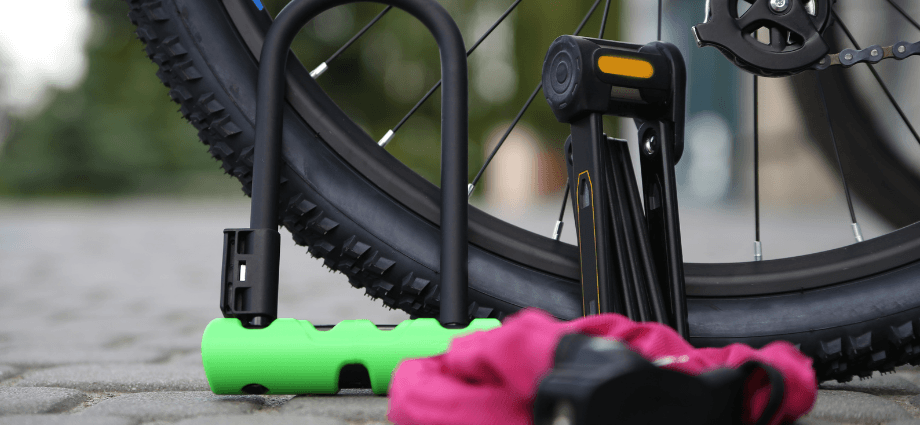
U-locks are one of the most secure options available. They are made from hardened steel, which makes them tough to cut with tools. U-locks are compact, easy to carry, and offer a high level of security for everyday use. However, they may not be suitable for locking your bike to large or irregular objects due to their size.
One of the top U-lock options is the Kryptonite New York Fahgettaboudit U-Lock, which is known for its toughness and ability to withstand cutting tools, offering excellent protection for your bike.
Chain Locks
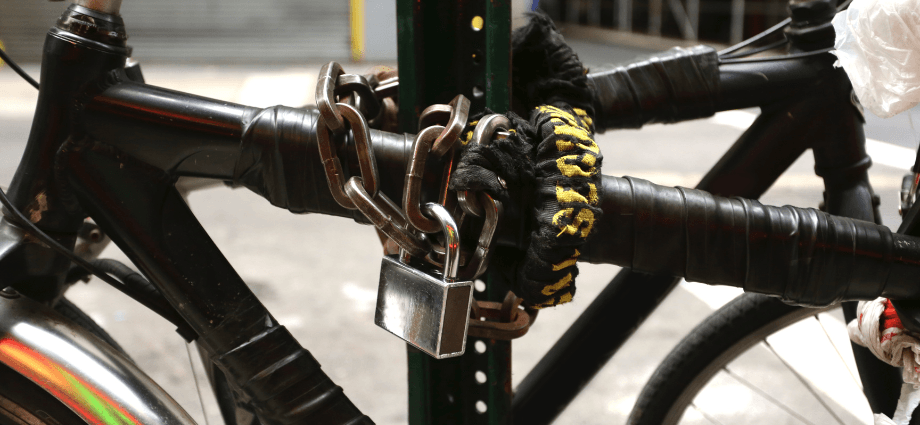
Chain locks offer more flexibility than U-locks since they can wrap around larger or more complex objects. These locks are typically made of heavy-duty chains and are equipped with a locking mechanism at one end. While they tend to be heavier than U-locks, they provide versatility for securing your bike to a variety of objects.
The ABUS Granit X-Plus 540 chain lock is a great choice for cyclists looking for flexibility without compromising security. It’s durable and resistant to cutting, offering peace of mind for daily use.
Folding Locks
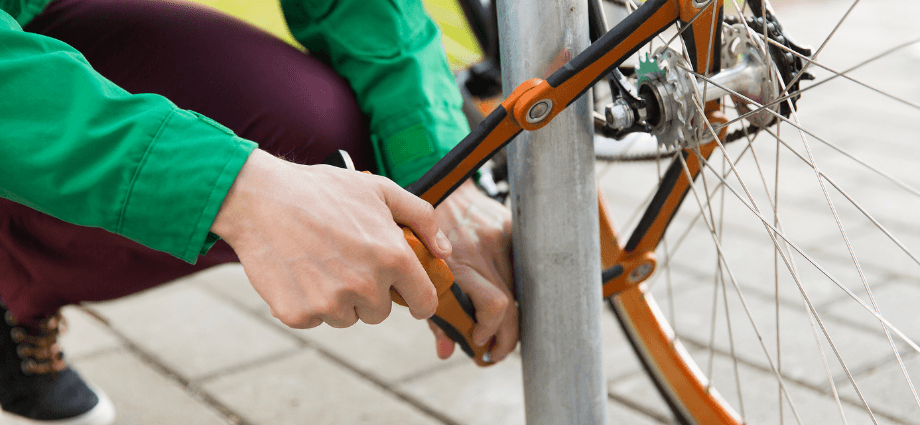
Folding locks combine flexibility with portability. Made up of several linked pieces that fold into a compact shape, these locks are easier to carry compared to traditional U-locks or chain locks. However, they may not offer the same level of protection as more rigid locks.
A reliable folding lock is the Litelok Gold, which is lightweight and easy to carry while still providing a high level of security. It’s a great option for cyclists who need portability but still want good protection.
Cable Locks
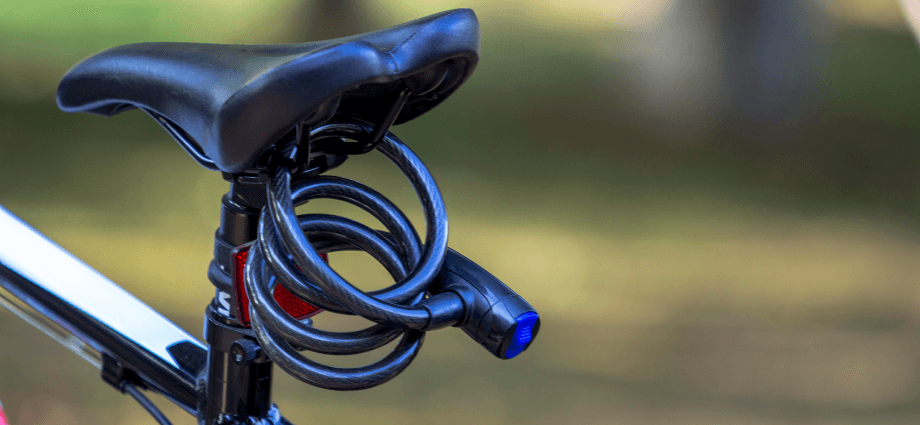
Folding locks combine flexibility with portability. Made up of several linked pieces that fold into a compact shape, these locks are easier to carry compared to traditional U-locks or chain locks. However, they may not offer the same level of protection as more rigid locks.
If you’re looking for a stronger cable lock, consider the OnGuard Bulldog DT. While not as secure as a chain or U-lock, it provides better protection than typical cable locks.
Key Factors to Consider When Choosing a Bike Lock
When selecting a bike lock, there are several factors you should consider to ensure it provides the right balance of security and convenience.
Material and Build Quality
The material used in a bike lock determines how resistant it is to cutting and tampering. Locks made from hardened steel are generally more resistant to hacksaws, bolt cutters, and other common theft tools. Look for locks that are built to withstand forceful attacks.
For added durability, locks made from titanium are lighter than steel but offer similar strength. Kryptonite locks, for example, are known for their hardened steel construction, which makes them some of the toughest locks on the market.
Size and Weight
Size and weight are important factors to consider, especially if you’re concerned about portability. A heavier lock may offer better security, but it’s also more cumbersome to carry. On the other hand, a lock that’s too small may not fit around your bike and a sturdy object.
Choose a lock that fits both your bike and your transportation needs. If you’re commuting by bike, look for a lock that’s compact enough to carry but still large enough to secure your bike properly.
Locking Mechanism
The locking mechanism plays a crucial role in the lock’s effectiveness. High-security locks often use complex mechanisms such as disc locks or pin-tumbler systems that are harder to pick.
Locks with keyless mechanisms, such as combination locks, can be convenient but might be easier for thieves to manipulate. It’s important to strike the right balance between convenience and security.
Security Rating
Look for locks with established security ratings from reputable organizations. The Sold Secure rating system is one of the most widely recognized in the cycling community. A lock with a Sold Secure Gold rating, for example, indicates that it has been tested and proven to provide high security.
Locks with high security ratings are generally more resistant to tampering and can give you confidence that your bike is well protected. ABUS Granit X-Plus 540, for instance, is highly rated for its durability and ability to withstand cutting and picking.

How to Use Your Bike Lock Effectively
Choosing a durable lock is just one part of the equation. Proper use of your lock is equally important for ensuring your bike remains safe.
Locking Technique
When locking your bike, always make sure to secure both the frame and the wheels to a fixed, immovable object. Thieves often target just the wheels, so it’s important to lock them in place as well as the frame.
If possible, use a U-lock to secure the frame and at least one wheel. If you’re using a chain or folding lock, make sure to lock the frame and both wheels. The more parts you lock, the more secure your bike will be.
Secure Locations
Try to park your bike in well-lit areas that are frequently monitored by security cameras. Avoid parking in isolated or low-traffic areas, as they are more likely to be targeted by thieves. Look for bike racks or designated bike parking areas that provide added security.
Double-Locking for Extra Security
For added peace of mind, consider using two different types of locks. A U-lock combined with a chain lock or cable lock can provide extra security, making it more difficult for thieves to bypass both locks. While this adds a little more weight, it significantly reduces the likelihood of theft.
Popular and Trusted Bike Lock Brands
There are many reputable brands known for producing high-quality bike locks. Below are some of the most trusted brands in the industry.
Kryptonite
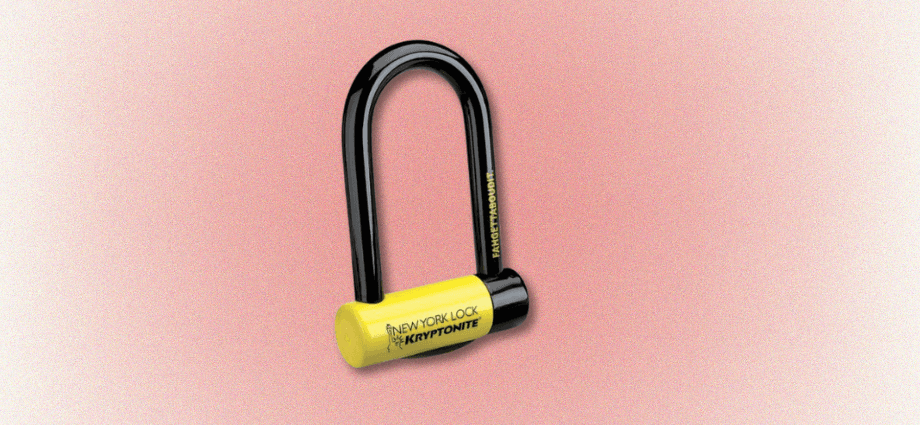
Kryptonite is one of the most well-known names in the bike lock industry. They offer a variety of U-locks and chain locks, all designed with top-notch security features to prevent theft.
- Kryptonite New York Fahgettaboudit U-Lock is highly regarded for its strength and ability to withstand various cutting tools.
ABUS
ABUS is a trusted German brand known for producing durable and secure bike locks. They offer a range of locks that combine strength with ease of use.
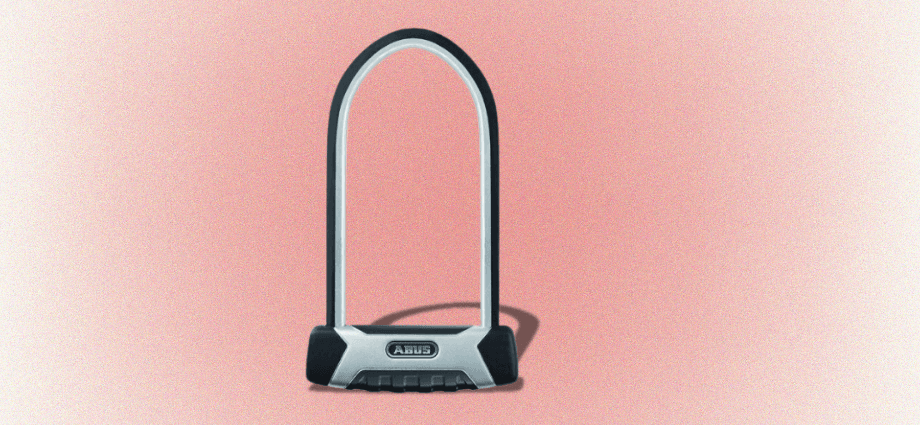
- ABUS Granit X-Plus 540 is a top-rated chain lock known for its robustness and resistance to cutting and picking.
Litelok
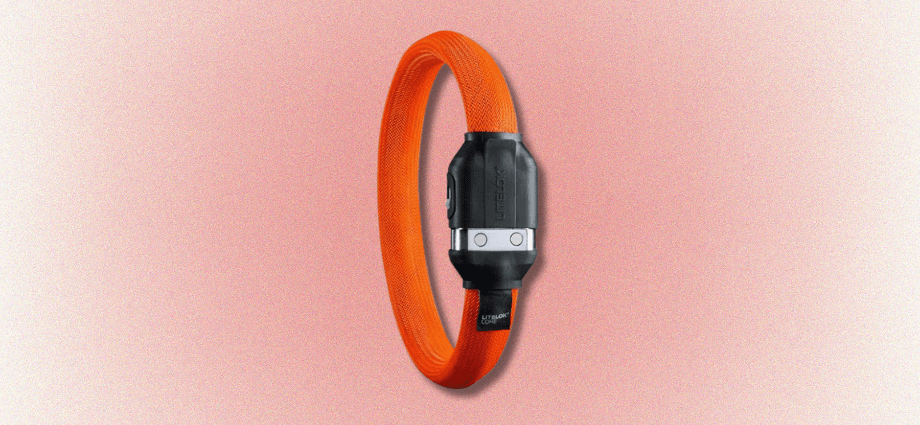
Litelok specializes in lightweight and flexible locks without compromising security. Their folding locks are a popular choice for cyclists who need portability and solid protection.
- Litelok Gold is a flexible folding lock that is both secure and easy to carry, offering a great balance between portability and protection.
OnGuard
OnGuard offers a variety of locks, including cable, U-lock, and chain locks, all designed with reliability and affordability in mind. They provide strong options for cyclists on a budget.
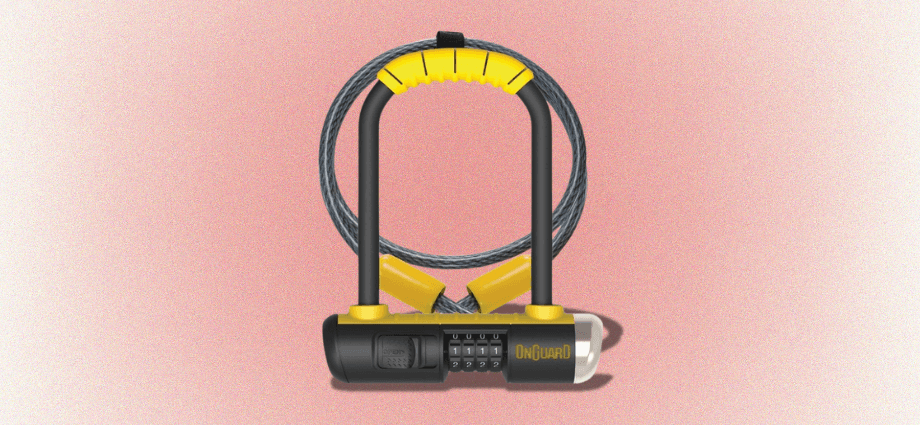
- OnGuard Bulldog DT is a cable lock with a solid security rating, offering better protection than most standard cable locks.
Conclusion
Choosing the right bike lock is essential for keeping your bike safe and secure. Whether you choose a U-lock, chain lock, folding lock, or cable lock, make sure it fits your needs and offers a good balance between security and portability. Look for locks made from durable materials, choose one with a reliable locking mechanism, and always use it properly to maximize security. Trusted brands like Kryptonite, ABUS, Litelok, and OnGuard provide some of the best options for protecting your bike from theft.


